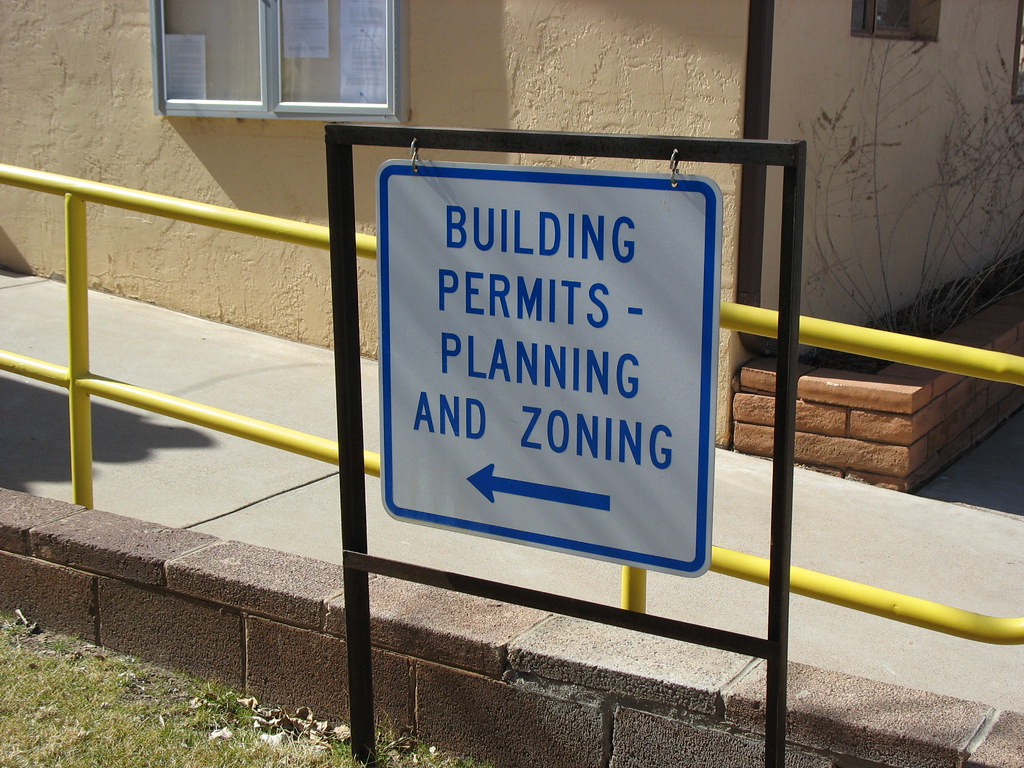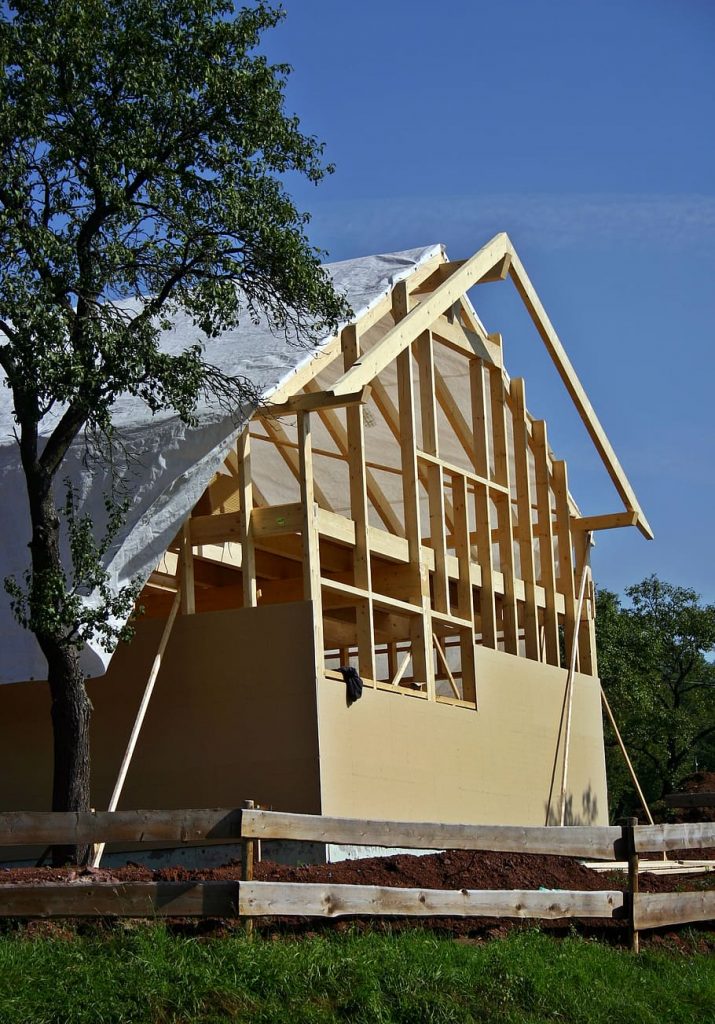With the vibrant economy in Australia, and especially Victoria, the opportunity for building works is impossible to pass up on. Whether it be for commercial or personal purposes, anything related to building, altering, maintaining or demolishing a structure can be both a daunting and exciting task. However, since these kinds of projects usually have an impact in the vicinity and on the community, anyone wishing to engage in building projects must be up-to-date on the many must do’s and don’ts.
Although this article mainly discusses building permits and how to acquire them, it is vital to note that even before the procurement of a building permit, the builder must first check whether the project is in need of a planning permit. Even though at first glance the two things may look and sound the same, it is essential to understand that these two are wholly different.
Building permits are permits given after satisfying certain requirements and the permit given is related specifically to the construction of the building itself. Planning permits, on the other hand, are legal documents that give permission for the specific use or development of land which may be required by the local council. If a project requires a planning permit, this becomes a requisite to issue the building permit, although they can be applied for simultaneously.
Conversely, some projects may not require a planning permit but still require a building permit. In order to know whether your project will need a planning permit, you may get in touch with your local council’s Town Planning Office.

Steps When Getting a Building Permit
Choose a Building Surveyor – The first step to acquiring a Building Permit will be choosing a Building Surveyor. You have a choice of getting your own private building surveyor like Inform Building Permits or using the services of the municipal building surveyor.
Fill out a Building Application Form – After you have chosen your building surveyor you must then fill out a Building Application Form. You may even appoint your architect or contractor to apply in your behalf as your agent. You can do this by making a written document authorizing the person of choice to be your agent in the performance of specific tasks.
Pay the Fees – Together with application, you will be required to pay the appropriate fee and submit the specifications and allotment plans together with the drawings in triplicate. The cost of the permit depends largely on the size and nature of the project.
Energy Efficiency Compliance Requirement
One of the essential legal requirements for building in Australia is compliance with Energy Efficiency provisions of the National Construction Code (NCC). In simple terms, it is a rating on the overall energy efficiency of a house or building, which takes into consideration the heating and cooling requirements of the structure. This concept was introduced by the Australian Building Codes Board in the Building Code of Australia in 2003.
In Victoria and South Australia, the minimum required rating for houses is 6 stars. This 6-star rating necessitates a house to have: a 6-star energy rating for the building materials, a rainwater tank for toilet flushing or a solar-powered hot water system and water efficient shower heads and taps.

Despite this seemingly highly technical requirement, compliance with the 6-star standard is not very hard. All there is to it is good design which must be ironed out as early as the planning stage. Talking to your building practitioner about this will make it much easier to reach this standard.
After filling out the application form and submission of the other requisites, the Building Surveyor will then check if the applicant has complied with all provisions of law. If all the requirements are complied with, the Building Surveyor will then issue the permit which may be with or without conditions. Once a permit is issued, work on your project can begin at once.
If an application is rejected, one can either alter the details of the project to comply with the Regulations or appeal the refusal to the Building Appeals Board.